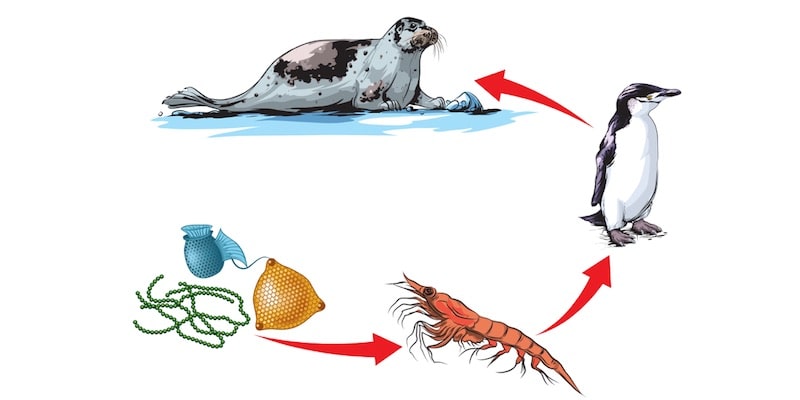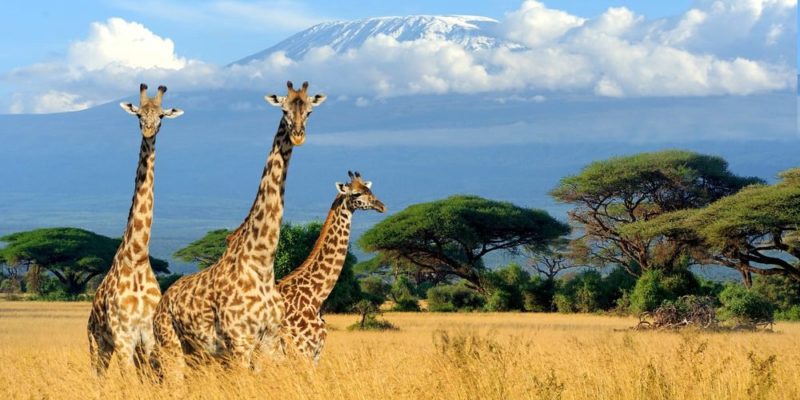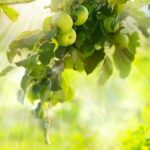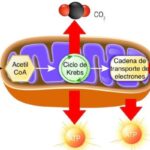We explain what a food chain is and the links that make it up. Also, what the aquatic and terrestrial chains are like.

What is a food chain?
The food chain is the process by which nutritional substances are transferred between different species that make up a biological community. The chain graphs who feeds on whom in nature.
Also called a trophic chain, a food chain shows the flow of nutrients and energy between various species based on their diet.
It is made up of links that acquire energy when feeding of the previous species. Within each food chain there are the following links:
- Producers. Also known as autotrophs, they are those species (basically plants) that make their own food through solar energy and simple substances.
- First order consumers. They are those species whose diet is plant-based, that is, they are herbivores.
- Second order consumers. Also called secondary, they are carnivorous species, that is, they feed on other animals.
- Decomposers Those species that ensure that the remains of the other links become part of the soil. In this link are fungi, worms and certain microorganisms that feed on plant and animal waste.
See also: Food web
aquatic food chain

The aquatic food chain charts the way in which species that live in water feed and acquire energy from other species.
Within this chain there are five levels:
- Photoautotrophs. Certain single-celled organisms known as phytoplankton form the base of the aquatic food chain. They are producers that carry out the photosynthesis process thanks to sunlight and produce organic compounds in addition to oxygen.
- Herbivores Those aquatic species that have a plant-based diet. These species can live on the surface of the water (like jellyfish or mollusks). Turtles or certain species of fish are also located at this level, which, at the same time, are food for other carnivorous aquatic species.
- Carnivores Carnivorous species can be of different sizes. Sardines, octopuses or squid are some of the species that make up this link.
- Decomposers They are organisms that decompose the remains of non-living organisms.
Continue in: Aquatic ecosystem
terrestrial food chain

Within the terrestrial food chain, three different roles are identified:
- The producers They are vegetables that produce energy from sunlight.
- The consumers Within this link three levels are identified:
- Primary consumers Species that feed on plants, fruits or vegetables. For example: sheep, rabbit, giraffe, cow, etc.
- Secondary consumers The carnivorous species that feed on primaries. For example: spider, snake, owl, etc.
- Tertiary consumers Species that feed on primary and secondary consumers. Also called predators. For example: lion, tiger, golden eagle, etc.
- Omnivores Consumers of producers and primary consumers (plants and animals). For example: squirrel, fox, some turtles and humans.
- Decomposers Species that feed on the remains of lifeless organisms, which later become part of the soil. For example: bacteria, insects, fungi, etc.
Importance of the food chain
The importance of the food chain lies in the fact that reflects how the species that make up the same ecosystem are related as well as how they feed and transfer energy. Through the food chain, nature remains in balance.
Examples of the food chain

Here are some examples of food chains:
- Butterflies feed on nectar and, at the same time, they are the food of other insects that are the food of bats. When these die, they are decomposed by organs and worms.
- Chickens eat corn and their eggs are food for weasels which, at the same time, are hunted by snakes.
- Zebras, which feed on grasses and bushes are usually hunted by crocodiles which, when they die, are food for the decomposers.
- Worms, which feed on wood are the food of certain birds whose eggs are the food of snakes, which are hunted by eagles.
- Sardines, which feed on plankton are the food of species such as cod or herring, which are eaten by dolphins. The latter are the food of the orcas, which when they die are decomposed by crustaceans and bacteria.
- Buffaloes, who eat grass are the habitat and food of ticks, which are then hunted by birds. At the same time, buffaloes are prey to felines such as tigers.
- Locusts, which eat leaves are the food of toads which, in turn, are the food of snakes.
Human aquatic food chain
Within the aquatic food chain there are five types of consumers. Among them are omnivores, which are those that feed on plants and animals. The human being can be placed in this category.
Humans can consume crustaceans, mollusks, fish, mammals and reptiles both fresh or salt water. Although it is true that human beings do not live in water, nor do birds, they can use different techniques to feed on the species that live there.
Some of the instruments that humans use to fish are nets, cages, fishing rods or the harpoon. You can fish from the shore, from boats or underwater.
References
- “Food chain”, in Wikipedia.
- “Food chain”, in AitanaTP Educational Resources.





